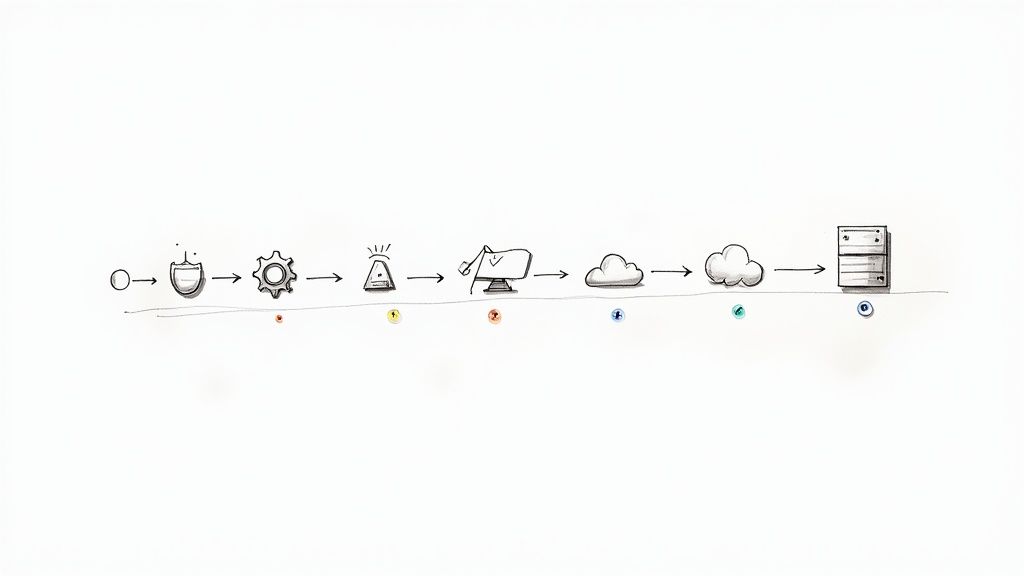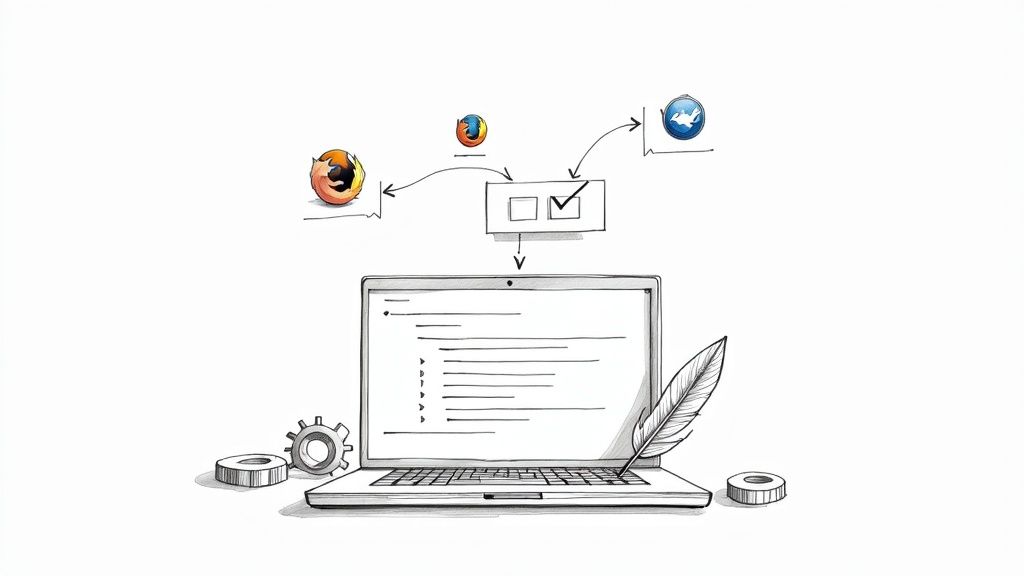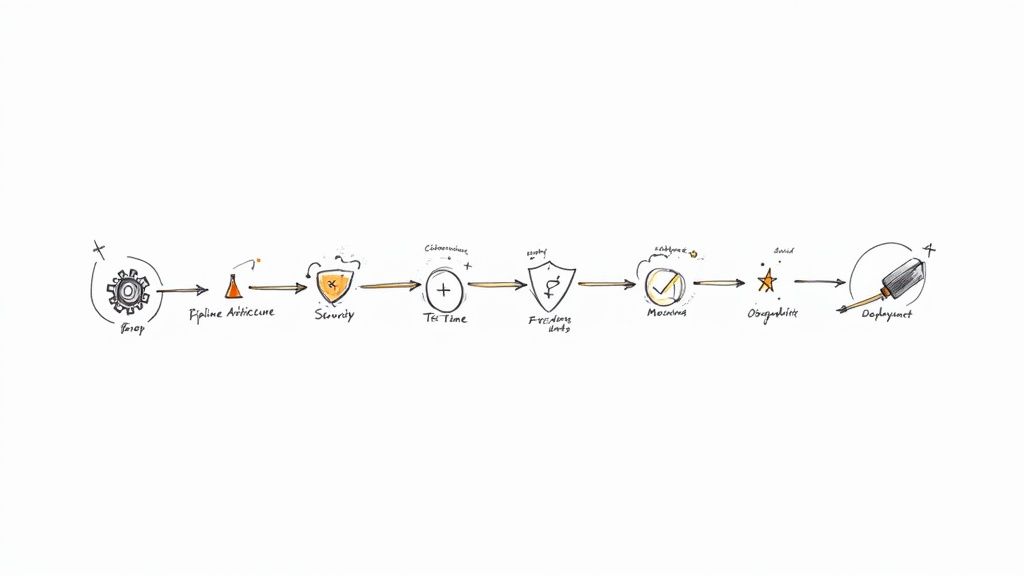Code Coverage: Everything You Need to Know
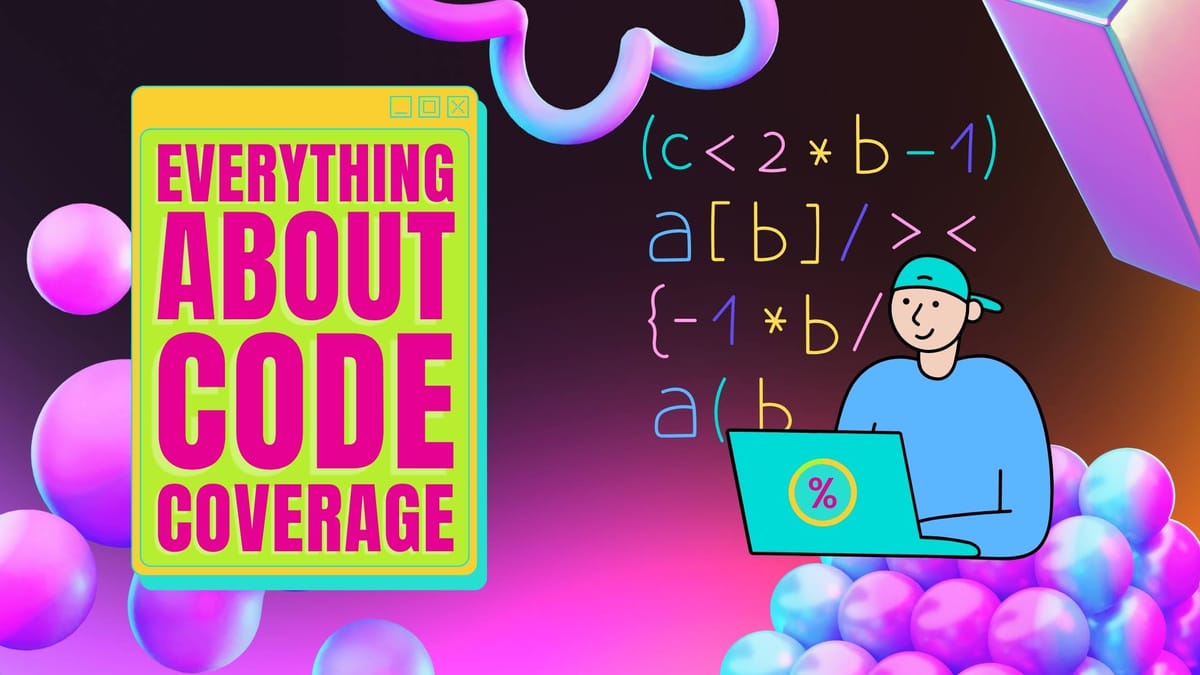
What’s the difference between high-quality and poor-quality code? The answer can usually be found in testing. Testing is one of the most important aspects of software development because it ensures bugs and errors get caught during and after a project’s development cycle. One of the most essential tools for bug and error detection is code coverage.
What is code coverage and what makes it important? We’ve got the answers for you. Stick around to learn everything you need to know.
What is code coverage?
Code coverage is a software testing strategy that’s a part of continuous delivery (CD). Continuous delivery uses a suite of automated tests (called test suites) to determine the quality of a program or application’s source code. While these automated tests are quite useful for checking the quality of a build, they don’t always tell the whole story. Even if a build is successful, automated tests alone cannot determine how much of the build’s source code gets executed. This is where code coverage comes in.
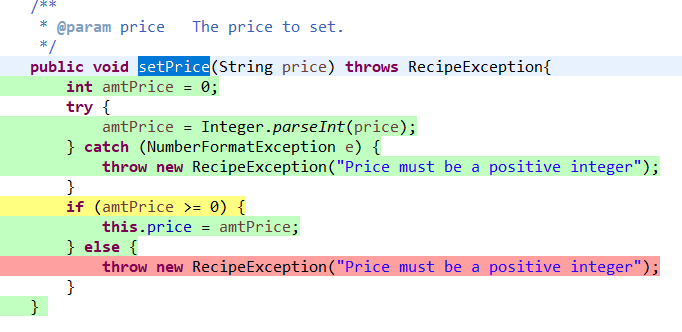
Code coverage determines how much source code gets executed during the run of a program. Programs with a high code coverage percentage are less likely to have undetected bugs than programs with low code coverage percentage.
The metrics of code coverage
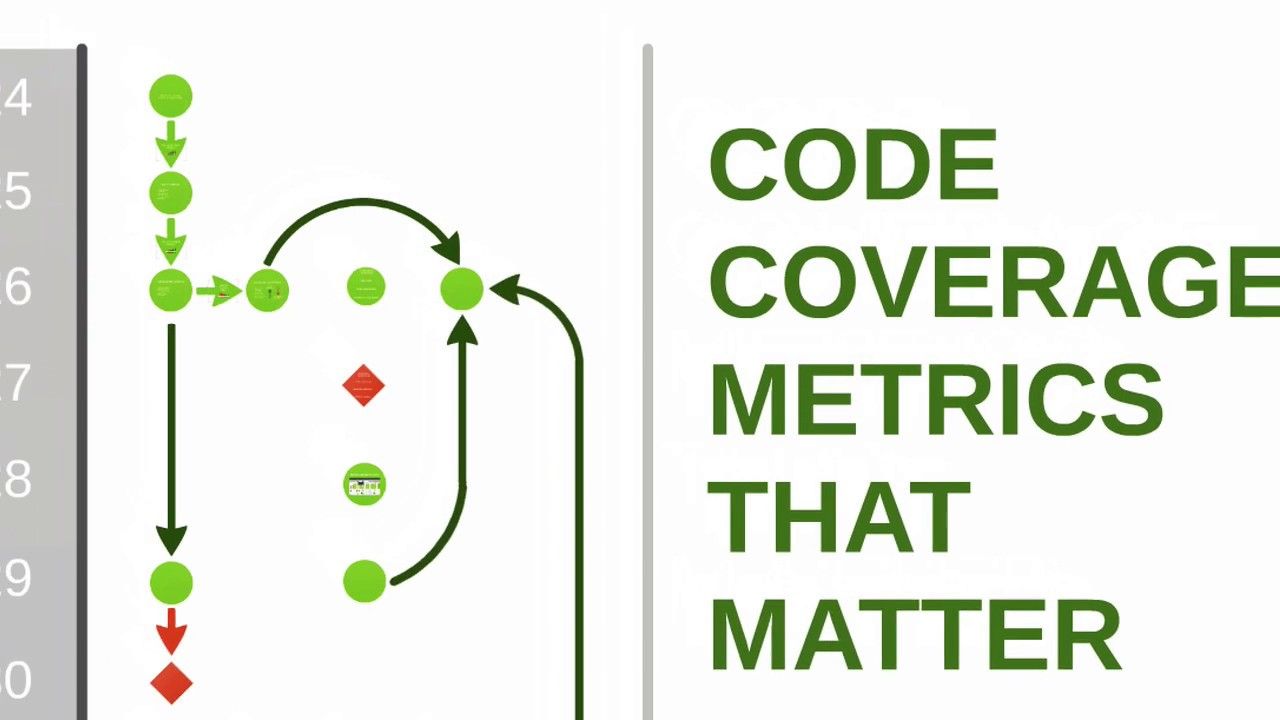
There are four major metrics used for performing code coverage:
- Statement coverage: The number of statements in a program that get executed
- Condition coverage: The number of Boolean expressions that get tested for a true or false value
- Function coverage: The number of defined functions that get called during the run of a program
- Line coverage: The number of lines of source code that get tested during the run of a program
These metrics are represented by the number of items tested, the number of items found in code, and coverage percentage, which is measured by the number of items tested divided by the number of items found.
Why is code coverage important?
Similar to code reviews, code coverage is important because it’s an objective way to determine software quality before a project is sent off to end users. Any tests executed through a continuous delivery pipeline are essentially useless without a code coverage tool because without code coverage, there’s no way to know just how much source code is actually being tested.
For companies looking to have success in the startup arena, having a high-quality and highly secure product is paramount. Investors will not waste their time and money on a product that has the potential to be a disaster. To stand out from the rest, a product’s source code should be strong and robust. The proper use of code coverage will all but guarantee this.
Advantages of code coverage
There are some key benefits to using code coverage as part of continuous delivery.
For starters, code coverage helps to ascertain the quality of a test suite. Test suites are used in a CD pipeline to make the development process more efficient and develop new features. Code coverage will tell developers exactly how much of their program’s source code gets executed in each test case. It can even help verify if new or uncovered test cases are needed before deployment.
Code coverage also helps with the maintenance of a project’s code base by spotting dead or unused code. Removal of dead and unused code makes source code more efficient and easier to maintain in the long run. If you decide to make additions to your project’s library or add new features, solid code coverage assures there will be no major errors or bugs to worry about.
What is good code coverage?
Ideally, every project’s code coverage should be 100%. This is because when your project is set to get deployed you do not want any part of its source code to be untested. Untested code means there are potentially uncaught bugs that can ruin the end user’s experience with the application.

However, as a project gets bigger, it becomes harder and harder to have complete code coverage. Large projects make managing source code a hassle—and make 100% code coverage become an unrealistic goal. Given this reality, the industry standard for code coverage is about 80%.
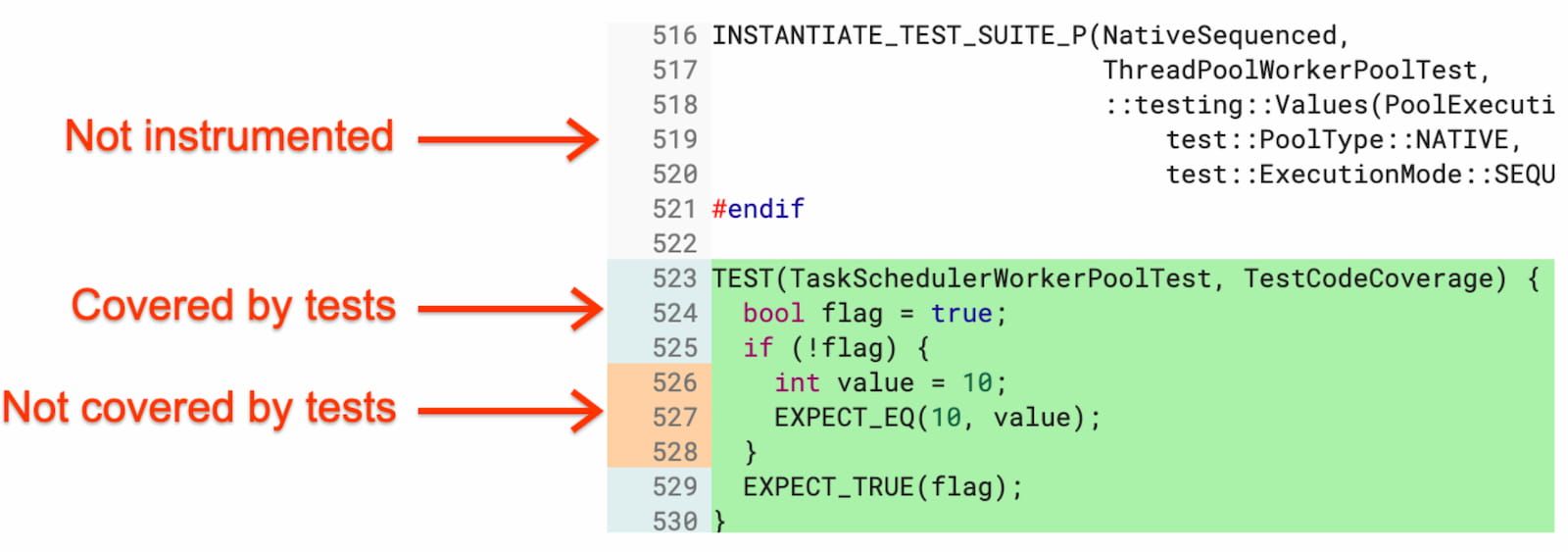
Testing and code coverage go hand in hand
Programs and applications cannot (and should not) get deployed without testing. Continuous delivery makes sure code gets constantly tested before being presented to end users. To get the most out of any CD pipeline, you must implement code coverage. It ensures that every part of a program’s source code is vetted for errors before it gets deployed. Without it, any sort of testing performed is essentially useless and can potentially compromise a project’s integrity.
If you’re looking for high-quality code merge software for your next open-source project, look no further. Try our tool for free!


